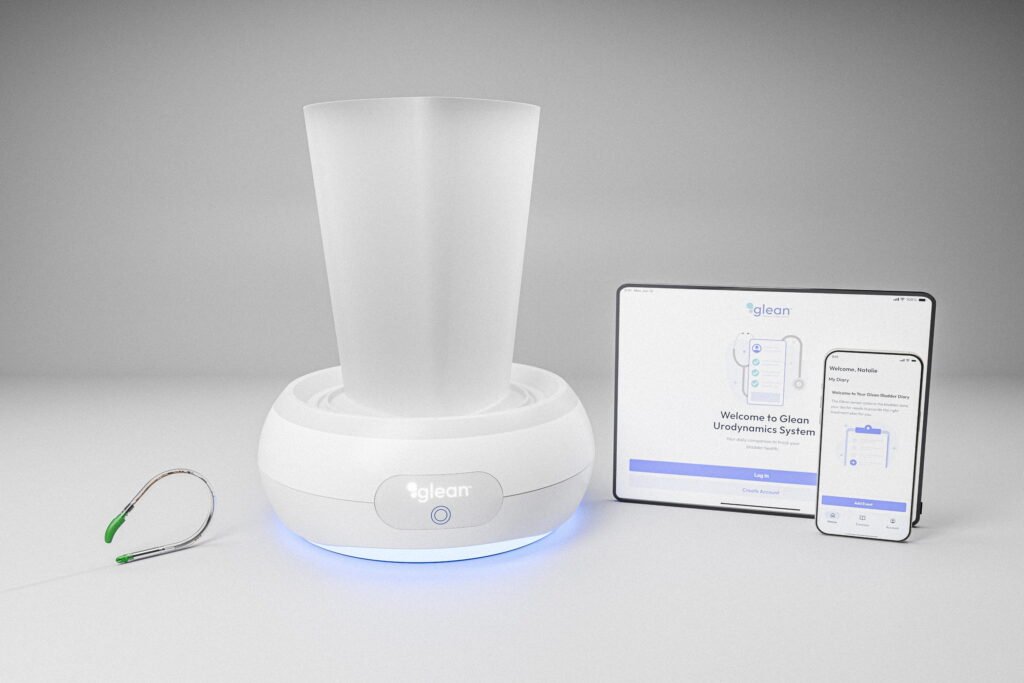Bladder dysfunction affects an estimated 17 million people in the U.S., yet diagnosing it often involves a less-than-pleasant experience: catheterization, clinical observation, and a whole lot of waiting. Traditional urodynamic testing is invasive, uncomfortable, and limited to snapshots taken in artificial settings. But a new technology deployed at Stony Brook University Hospital may finally offer a more humane alternative—one that trades wires and catheters for real-time, real-world insight.
The system, called “Glean”, is an ambulatory urodynamic platform developed by Irvine, California based Bright Uro. It uses a wireless, catheter-free sensor to monitor bladder pressure continuously as patients go about their day. That means no hospital gowns, no sterile exam rooms—just natural behavior captured in natural environments. The sensor transmits data to clinicians, allowing them to track lower urinary tract dysfunction (LUTD) with unprecedented accuracy and comfort. For patients whose symptoms fluctuate or only appear outside the clinic, this could be the difference between a missed diagnosis and a meaningful one.
Stony Brook’s Women’s Pelvic Health and Continence Center, led by Dr. Jason Kim and Dr. Steven Weissbart, was the first site on the East Coast—and one of the first in the nation—to implement the Glean system. Dr. Kim also served as the national principal investigator for the FDA-approved trial, recently published in the Journal of Endourology. The results suggest that Glean doesn’t just improve the patient experience—it enhances the quality of the data collected. By offering a more physiologic, less invasive approach to bladder monitoring, the system could redefine how pelvic floor disorders and urinary symptoms are evaluated and managed. It’s a quiet revolution in urology, and one that’s already making waves.
Source: Bright Uro Glean product page
Article from Stony Brook University: Stony Brook Medicine Urology Team Among First in Nation to Use New Technology to Monitor Bladder Dysfunction in Patients
Abstract from Journal of Endourology: The Feasibility and Safety of the Glean Urodynamics System: The Modern Urodynamics System Efficacy Study

